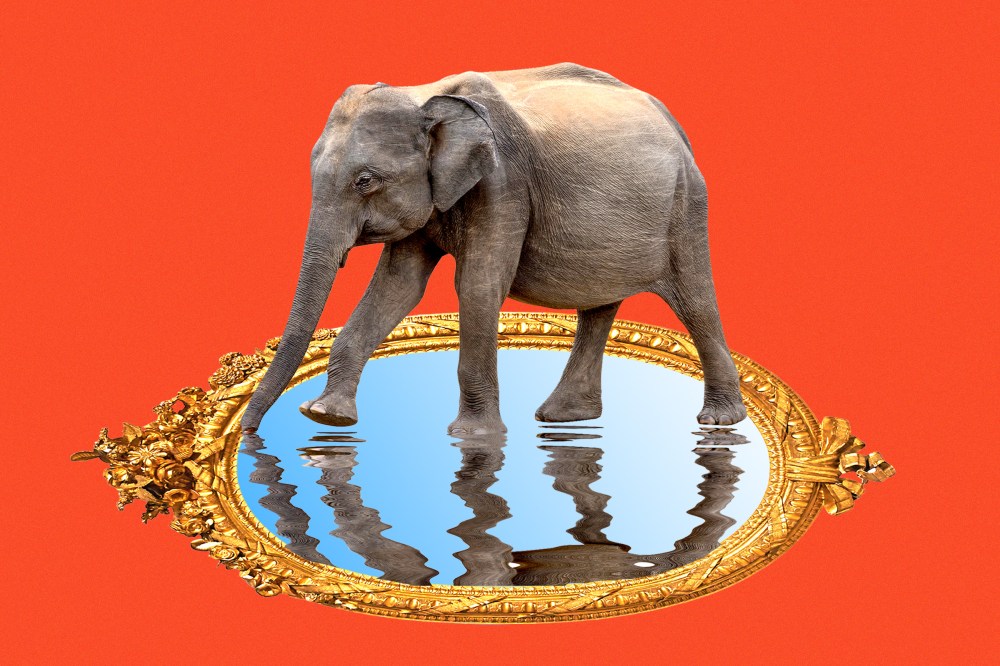Observing the Democrats in 2024 felt like a bad dream — and not just because the party failed to keep a corrupt right-wing demagogue from returning to the White House. It’s because the party seemed to have no clue about how to present an attractive alternative to him. Even though the polls indicated that 2024 was a “change election,” the Democrats effectively took the position of defending the status quo and conceded the lane of sweeping change to Donald Trump. This was not just due to the restrictions of incumbency — Trump, after all, is a former president as well — nor was it simply an erroneous campaign strategy. It was a function of decades of drift from the Democratic Party’s purported commitment to social change.
President Joe Biden’s campaign knew that he had abysmal approval ratings, that he was trailing the perennially unpopular Trump in the polls, and that resentment over inflation was particularly deep and widespread. But Biden’s messaging focused instead primarily on the opposition, describing how Trump posed a threat to multicultural democracy and the international order. As late as early summer, Biden’s website had no policy promises. (Trump’s did.) The ones that belatedly emerged were vague, incremental and, in an unusual move, devoted a lot of text to describing Trump’s expected policies. During the debate that effectively ended his political career, Biden was unable to articulate a clear ideological mission or policy vision of a better America.
The Democrats now appear as defenders of society as it is, whereas the Republicans position themselves as agents of change.
Biden’s withdrawal from the race created a moment of hope that the Democrats would lay out a compelling program, but Vice President Kamala Harris also seemed ill at ease staking out a cohesive policy agenda and theory of society. She declared that “we’re not going back” to Trump, but it was unclear where we would be going under her leadership. She struggled to articulate how she would differ from Biden. She ran a positive vibes-based campaign that seemingly cycled through new themes every week, including trying to torch Republicans for being “weird.” She embraced neoconservative Republicans. She signaled she might back away from some of Biden’s more progressive positions with her warmth toward Silicon Valley and Wall Street, as well as her embrace of billionaires who disliked the Biden administration’s crackdown on monopolies. And she declined to commit to or even hint at ending the administration’s monstrous participation in genocide in Gaza.
While I maintained agnosticism on who would win the election, I continually wondered about how rudderless Democrats would inspire an electorate expressing widespread unhappiness with the Biden administration and inflation. They did of course have some policy ideas, but they were piecemeal, lacked universal appeal, and were insufficiently attentive to cost-of-living concerns for the working class. And I wondered how the party expected to mobilize its activist base without exciting moonshot policy goals or signaling an end to its morally bankrupt assault on civilian Palestinian life. If I, someone whose job requires following the news, couldn’t really put my finger on what kind of better future the party was selling, how would other citizens?

When the election results revealed a pro-Trump swing in 90% of counties across the nation, it underscored how many Americans were serious when they said they thought the country was on the wrong track.
What made Biden’s and Harris’ campaigns particularly remarkable is how similar they appeared to Hillary Clinton’s failed White House bid eight years earlier. Like Clinton in 2016, the affirmative case for Biden and then Harris defied simple summary and promoted competence and technocracy at a time of extreme mistrust in institutions. And like Clinton, they took a heavily defensive posture against Trump, allowing themselves to be defined more by what they weren’t than what they were.
Democrats have an organization-wide problem that’s best captured by a phrase then-President Barack Obama used in his 2016 Democratic National Convention speech, making his case against Trump: “America is already great.” Not only does “AIAG” not roll off the tongue, it captures how the party has painted itself into a corner. The modern Democratic Party is supposed to stand for changing American political economy and society to make it more fair and more free. But the Trump era has marked a reversal of the Democrats’ value proposition relative to Republicans: The Democrats now appear as defenders of society as it is, whereas the Republicans position themselves as agents of change. It is no surprise then that, as Democrats continually renege on commitments to reorganize society to make it more just, they are losing their working-class base and fighting an intensifying perception that they are a party for elites.
Much of this crisis can be traced back to the Democrats remaining frozen in their swing to the right in response to the Reagan revolution. Post-Reagan Democrats have in the main displayed a conservative temperament, built around technocratic management of the free market, American empire and the mass carceral state. They’ve focused on small-scale reforms that were designed more to test well in polls than to address the fundamental roots of inequality and exploitation in the economy, or to provide the kinds of social democratic services present in most of the U.S.’s peer nations.













